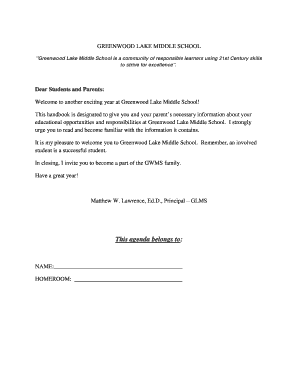Eat In Spanish Easily: Mealtime Mastery
The art of eating in Spanish is not just about consuming food, but about immersing oneself in a rich cultural experience. From the tantalizing tapas to the decadent desserts, Spanish cuisine is a symphony of flavors and textures that can be both intimidating and exhilarating for non-native speakers. However, with the right guidance, anyone can master the language of Spanish mealtimes and indulge in the culinary delights of this beautiful country.
One of the most significant challenges faced by travelers and language learners is navigating the complex world of Spanish mealtime vocabulary. With a plethora of words and phrases to describe different types of food, drinks, and dining experiences, it’s easy to get lost in translation. For instance, the word “tortilla” can refer to both a type of flatbread and a Spanish omelette, while “empanada” is a savory pastry that can be filled with meat, cheese, or vegetables. To overcome this hurdle, it’s essential to develop a solid understanding of the basics, including common food words, mealtime expressions, and cultural norms.
To start, let’s explore some essential vocabulary related to eating in Spanish. For breakfast, or “desayuno,” popular items include “tostada” (toasted bread), “churros” (fried dough pastries), and “café con leche” (coffee with milk). For lunch, or “almuerzo,” one might enjoy “paella” (saffron-infused rice dish), “tortilla española” (Spanish omelette), or “bocadillo” (sandwich). Dinner, or “cena,” often features “gazpacho” (cold soup), “jamón ibérico” (cured ham), or “pollo al ajillo” (garlic chicken). Desserts, or “postres,” are a sweet indulgence, with options like “crema catalana” (traditional Catalan custard), “churros con chocolate” (fried dough pastries with rich chocolate dipping sauce), and “torta de aceite” (olive oil cake).
In addition to learning vocabulary, it’s crucial to understand the cultural context of mealtimes in Spain. Mealtime is a sacred institution, and mealtimes are often seen as opportunities to connect with family and friends. The traditional Spanish meal structure typically consists of several courses, including “aperitivo” (appetizer), “primer plato” (first course), “segundo plato” (second course), and “postre” (dessert). Each course is carefully crafted to showcase the freshest ingredients and bold flavors of Spanish cuisine.
To further enhance your mealtime experience, it’s helpful to learn some common expressions and phrases. For example, “¿Qué tal?” (how are you?) is a friendly greeting, while “¿Dónde está…?” (where is…?) can help you locate the restroom or a specific type of food. When ordering, you can say “Me gustaría un…” (I would like a…), and when paying, “La cuenta, por favor” (the bill, please) is a polite request. Don’t forget to express your gratitude with a hearty “gracias” (thank you) or “muchas gracias” (thank you very much).
In conclusion, mastering the language of Spanish mealtimes is a journey that requires patience, practice, and a willingness to immerse oneself in the culture. By learning essential vocabulary, understanding cultural norms, and practicing common expressions, you’ll be well on your way to enjoying the rich flavors and warm hospitality of Spain. So go ahead, take a bite, and savor the delicious experience of eating in Spanish.
What are some common breakfast items in Spain?
+Common breakfast items in Spain include "tostada" (toasted bread), "churros" (fried dough pastries), and "café con leche" (coffee with milk).
How do I order food in a Spanish restaurant?
+To order food in a Spanish restaurant, you can say "Me gustaría un..." (I would like a...), followed by the name of the dish you want to order. For example, "Me gustaría un paella, por favor" (I would like a paella, please).
What is the traditional Spanish meal structure?
+The traditional Spanish meal structure typically consists of several courses, including "aperitivo" (appetizer), "primer plato" (first course), "segundo plato" (second course), and "postre" (dessert).
How do I ask for the bill in a Spanish restaurant?
+To ask for the bill in a Spanish restaurant, you can say "La cuenta, por favor" (the bill, please).
What are some common mealtime expressions in Spanish?
+Common mealtime expressions in Spanish include "¿Qué tal?" (how are you?), "¿Dónde está...?" (where is...?), and "gracias" (thank you).
In the world of Spanish cuisine, there’s always more to discover, more to explore, and more to savor. Whether you’re a seasoned foodie or just starting your culinary journey, the art of eating in Spanish is a delicious adventure that awaits you. So come and indulge in the flavors, textures, and aromas of this incredible cuisine, and remember, as the Spanish say, “Buen provecho” (enjoy your meal)!
